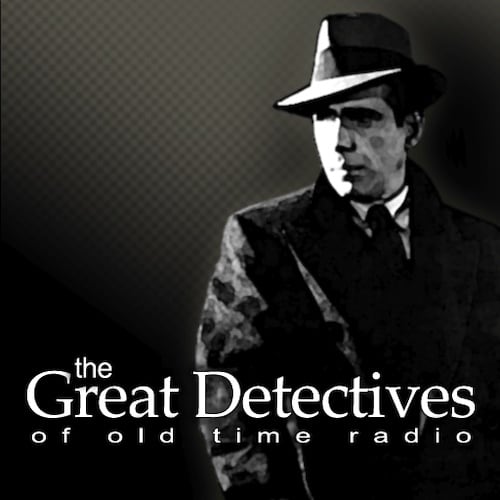We continue our reviews that focus on Batman actors in other detective and mystery programs as part of our Amazing World of Radio Summer Series, focusing on their old-time radio work. This week we look at Milton Berle, guest starring in a 1993 episode Matlock, in a script he co-wrote.
In “The Last Laugh,” the notoriously frugal Ben Matlock (Andy Griffith), after sneering at the ridiculous bids being put up by fellow rich people at a charity auction, gets into a bidding war and wins dinner with a once-famous elderly comedian Harvey Chase (Milton Berle) for the princely sum of $225 ($496 in today’s money). Matlock goes down to a comedy club where Chase is performing, but for no one particular, as his act can’t draw flies. Ben thinks everything Chase says is hilarious and is in peels of the most over-the-top unnatural laughter imaginable, which somehow makes Chase’s routine work.
Chase is fired by the club owner and replaced by one of those new, edgy, dirty comics like those on cable TV. Harvey does the only thing he can – goes in and gets plastered on crème de menthe and heckles the new comic. The potty-mouthed comic is then found murdered, and all signs point to Harvey Chase, including a blood-stained handkerchief found on Harvey, and the powerful odor of crème de menthe at the crime scene. Matlock’s efforts are challenged by the fact that Harvey is always “on” and it’s tough to get a serious answer for him.
In terms of what works in this episode, there are a few really nice moments for Berle as a comedian. There are some jokes that land and are actually pretty funny, and he has a really poignant dramatic scene that captures the feeling of having enjoyed success and fame in the entertainment industry, and then the world moving on.
But the rest of the episode is honestly a bit of a mess. I’ll admit my biases. The era of Matlock when the show had moved to ABC with Matlock assisted by his other daughter Leanne (played by Brynn Thayer) and a dull-witted law school associate who serves as his assistant (Daniel Roebuck) was probably my least favorite era of the show. But there were good episodes. This just wasn’t one of them.
The episode manages to feel rushed and padded at the same time. The A-plot of who actually committed the murder is rushed, and the B-plot of what Harvey is up to and his feeling about his career and being forgotten is massively padded out. A ridiculous amount of time is taken up by Harvey’s improbable attempt to jump bail and leave town by catching a bus out of Atlanta. While Matlock always played a bit fast and loose with rules of procedure and evidence, the mystery reveal on the stand comes right out of nowhere. The police have searched the murder’s home without any evidence, and apparently without notifying the prosecutor, because the episode is almost over.
The script is over-indulgent to the guest star (and co-writer) to the extreme. Leanne is not a fan of Harvey’s at all, but Ben insists she’ll be won over and she is, even though nothing in the script makes that make sense.
Probably the worst part of this is how the script treats the star. Matlock is given short shrift throughout. The scene where Matlock comes into the empty comedy club and does painfully bad stand-up is painful to watch. Even during the courtroom scene, the script has him uncharacteristically mocking a prosecutor by mimicking her tone of voice like a fourth grader. While Matlock was known for blowing his fuse, this seems out of place. He does as good a job as could be expected in the confrontation scene, which, along with some of Berle’s stronger moments, make up the redeeming parts of the episode.
Overall, there are really strong moments that show that both as a comedian and a dramatic actor, even late in life, Berle had a lot to offer. As a mystery writer, not so much.
Rating 2 out of 5
This episode is Matlock is currently available on demand on Pluto.
